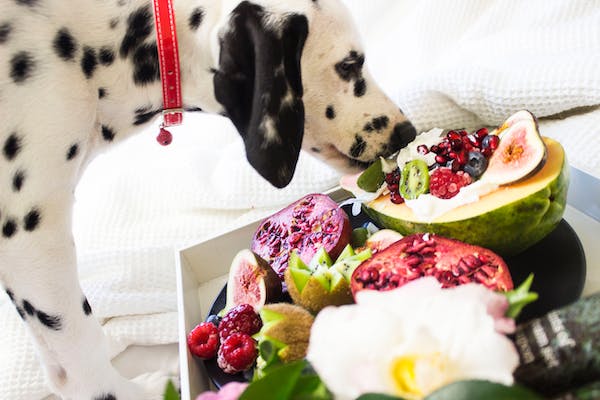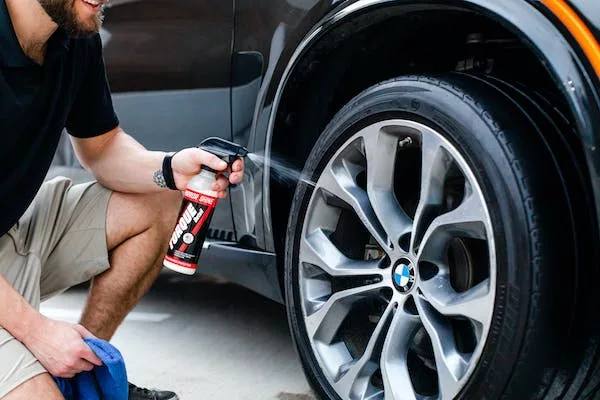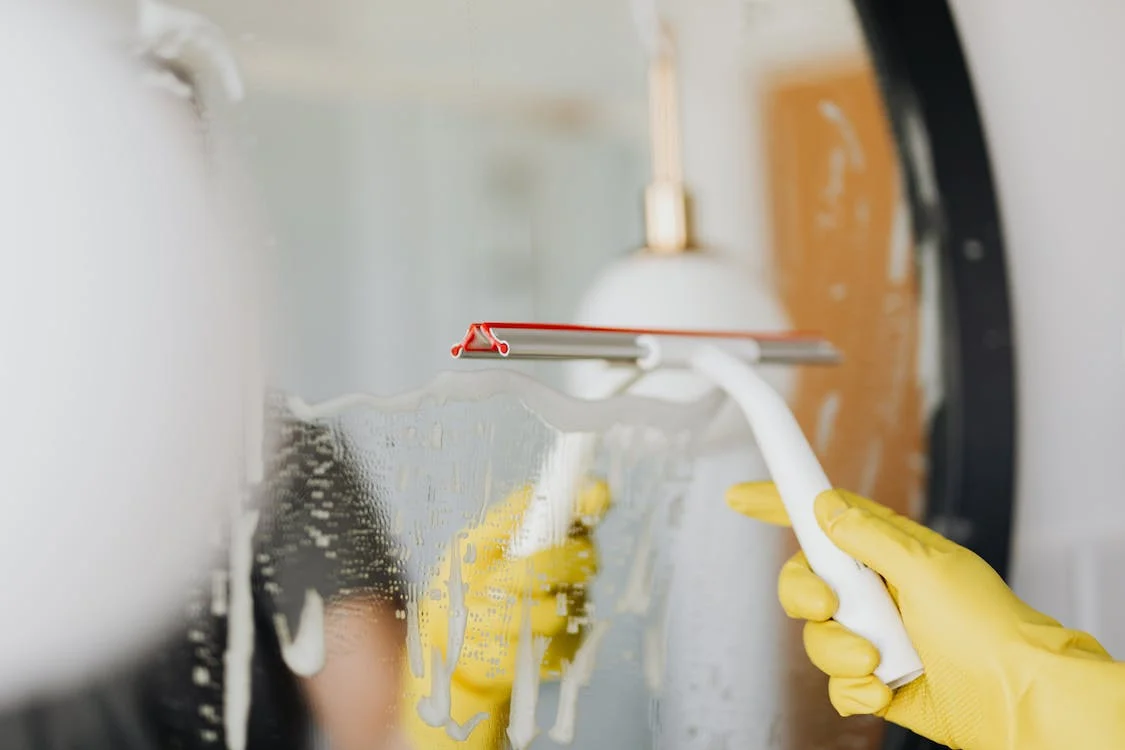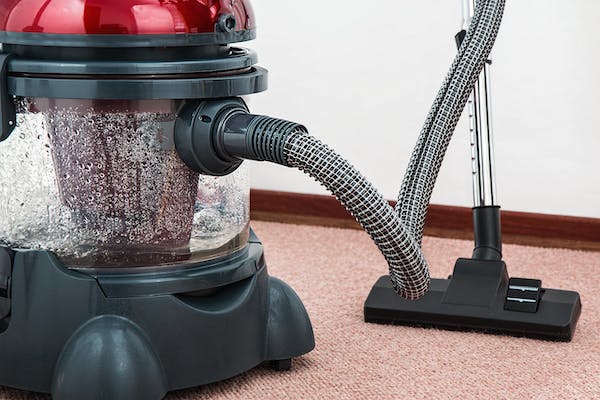Yeast infections in dogs can be a frustrating and uncomfortable experience for both pets and their owners. These infections, caused by the overgrowth of yeast (usually Malassezia or Candida) in a dog’s body, can manifest in various ways and affect different parts of their bodies. While they can be a source of concern, the good news is that there are several effective ways to manage and treat yeast infections in dogs.
In this comprehensive guide, we’ll explore what you can do to help your furry friend if they’re dealing with a yeast infection.
Understanding Yeast Infections in Dogs
Yeast infections in dogs, also known as canine yeast dermatitis, are primarily caused by the overgrowth of yeast organisms on the skin and in the ears. Yeast is a type of fungus that is normally present in small amounts in a dog’s body. However, when the balance of microorganisms in their system is disrupted, yeast can multiply rapidly, leading to an infection.

Here are some common factors that can contribute to the development of yeast infections in dogs:
1. Diet: Poor nutrition, a diet high in carbohydrates, or food allergies can create an environment conducive to yeast overgrowth.
2. Environmental Factors: Humid and warm environments can promote yeast growth, making dogs in these areas more susceptible.
3. Weakened Immune System: Dogs with compromised immune systems are more vulnerable to yeast infections.
4. Allergies: Allergies, whether food or environmental, can weaken a dog’s skin barrier and contribute to yeast overgrowth.
5. Medications: Certain medications, such as antibiotics and corticosteroids, can disrupt the natural balance of microorganisms in a dog’s body, leading to yeast overgrowth.
Signs and Symptoms of Yeast Infections in Dogs
Identifying a yeast infection in your dog is the first step in providing them with the care they need. Here are some common signs and symptoms to watch out for:
1. Itching and Scratching: One of the most noticeable signs is excessive itching and scratching, especially in areas like the ears, paws, and groin.
2. Redness and Inflammation: Yeast infections can cause redness, inflammation, and skin irritation, often accompanied by a foul odor.
3. Ear Infections: Dogs with yeast infections may frequently shake their heads or exhibit discomfort in their ears. Ear discharge and a pungent odor are common signs.
4. Paw Licking and Chewing: Dogs may obsessively lick or chew their paws, which can lead to further skin irritation.
5. Greasy or Oily Coat: A dog’s coat may appear greasy, oily, or have a waxy texture in affected areas.
6. Hair Loss: In severe cases, hair loss can occur, leaving bald patches on the skin.
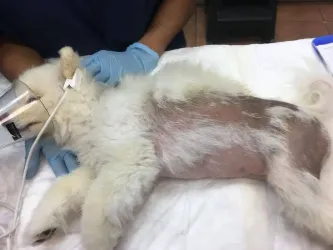
Diagnosing a Yeast Infection in Your Dog
If you suspect your dog has a yeast infection, it’s crucial to consult your veterinarian for a proper diagnosis. Your vet will typically perform a thorough physical examination and may take samples from the affected areas, such as skin scrapings or ear swabs, to confirm the presence of yeast.
Treatment Options for Yeast Infections in Dogs
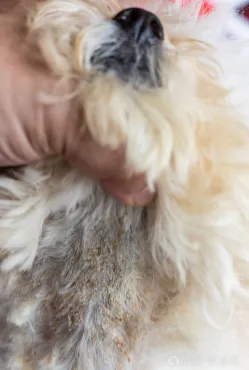
The treatment of yeast infections in dogs usually involves a combination of medical interventions and lifestyle adjustments. The specific treatment plan will depend on the severity and location of the infection. Here are some common approaches:
1. Antifungal Medications: Veterinarians often prescribe antifungal medications, such as ketoconazole or fluconazole, to combat the yeast overgrowth. These medications may be administered orally or topically, depending on the infection’s location.
2. Topical Treatments: In addition to prescription medications, topical treatments like medicated shampoos, sprays, and wipes can help alleviate itching and reduce yeast on the skin’s surface.
3. Ear Cleanings: For ear infections, your vet may recommend regular ear cleanings using a veterinarian-approved ear cleaner to remove excess wax and debris.
4. Dietary Changes: Switching to a high-quality, grain-free dog food that is low in carbohydrates can help create an inhospitable environment for yeast. Discuss dietary changes with your vet to find the best option for your dog.
5. Supplements: Some supplements, such as probiotics and omega-3 fatty acids, can support a healthy immune system and skin barrier, helping prevent future yeast infections.
6. Environmental Management: Reducing humidity in your dog’s living environment, regularly cleaning and drying their ears, and keeping their paws clean can all aid in preventing recurrent yeast infections.
Preventing Yeast Infections in Dogs

Prevention is often the best approach when it comes to yeast infections in dogs. Here are some steps you can take to minimize the risk of your dog developing these pesky infections:
1. Maintain a Healthy Diet: Feed your dog a balanced, high-quality diet that supports their overall health and immune system.
2. Regular Grooming: Keep your dog’s coat clean and dry, especially if they have long or thick fur. Regular grooming can help prevent yeast from taking hold.
3. Ear Care: Regularly clean your dog’s ears and keep them dry to reduce the risk of ear infections.
4. Allergy Management: If your dog has allergies, work with your vet to identify and manage them effectively to prevent skin issues that can lead to yeast infections.
5. Proactive Veterinary Care: Schedule regular check-ups with your vet to monitor your dog’s overall health and catch potential issues early.
Yeast infections in dogs can be a source of discomfort, but with proper diagnosis and treatment, your furry friend can find relief and get back to their happy, healthy self. Whether you’re dealing with a mild or severe case, understanding the causes, signs, and treatment options is essential.
Remember that the key to preventing yeast infections is proactive care, including a healthy diet, regular grooming, and keeping your dog’s living environment clean and dry. Your dog’s well-being is in your hands, so stay vigilant and consult your veterinarian whenever you suspect a yeast infection or any other health concern. Your furry companion will thank you for it with tail wags and wet-nosed gratitude.





